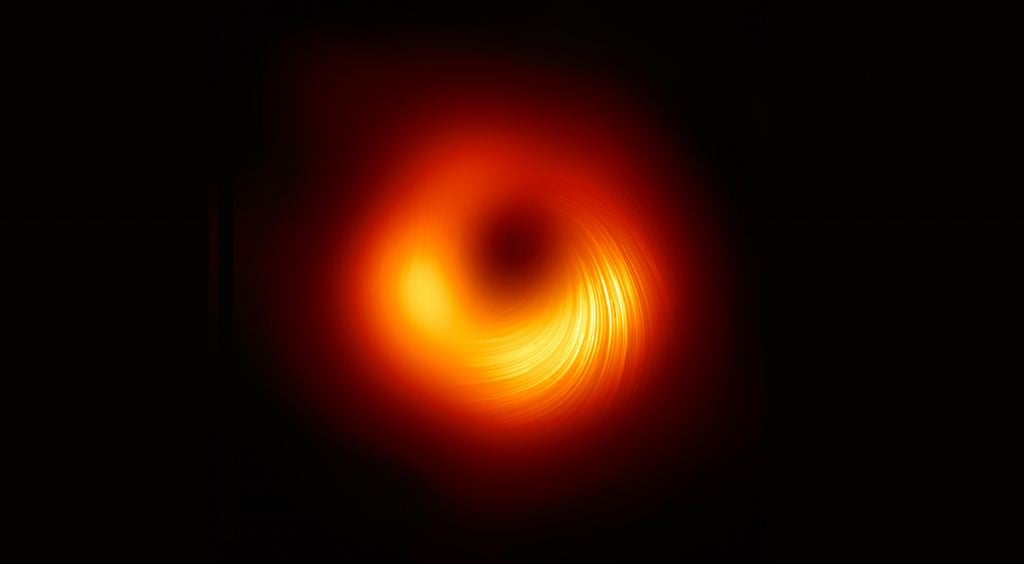The gravitational field of a rotating black hole is powerful and strange. It is so powerful that it warps space and time back upon itself, and it is so strange that even simple concepts such as motion and rotation are turned on their heads. Understanding how these concepts play out is challenging, but they help astronomers understand how black holes generate such tremendous energy. Take, for example, the concept of frame dragging.
Black holes form when matter collapses to be so dense that spacetime encloses it within an event horizon. This means black holes aren't physical objects in the way they are used to. They aren't made of matter, but are rather a gravitational imprint of where matter was. The same is true for the gravitational collapse of rotating matter. When we talk about a rotating black hole, this doesn't mean the event horizon is spinning like a top, it means that spacetime near the black hole is twisted into a gravitational echo of the once rotating matter. Which is where things get weird.
Suppose you were to drop a ball into a black hole. Not orbiting or rotating, just a simple drop straight down. Rather than falling in a straight line toward the black hole, the path of the ball will shift toward an orbital path as it falls, moving around the black hole ever faster as it gets closer. This effect is known as frame dragging. Part of the "rotation" of the black hole is transferred to the ball, even though the ball is in free fall. The closer the ball is to the black hole, the greater the effect.
A recent paper on the arXiv shows how this effect can transfer energy from a black hole's magnetic field to nearby matter. Black holes are often surrounded by an accretion disk of ionized gas and dust. As the material of the disk orbits the black hole, it can generate a powerful magnetic field, which can superheat the material. While most of the power generated by this magnetic field is caused by the orbital motion, frame dragging can add an extra kick.
Essentially, a black hole's magnetic field is generated by the bulk motion of the accretion disk. But thanks to frame dragging, the inner portion of the disk moves a bit faster than it should, while the outer portion moves a bit slower. This relative motion between them means that ionized matter moves relative to the magnetic field, creating a kind of dynamo effect. Thanks to frame dragging, the black hole creates more electromagnetic energy than you'd expect. While this effect is small for stellar mass black holes, it is large enough for supermassive black holes that we might see the effect in quasars through gaps in their power spectrum.
Reference: Okamoto, Isao, Toshio Uchida, and Yoogeun Song. " Electromagnetic Energy Extraction in Kerr Black Holes through Frame-Dragging Magnetospheres." *arXiv preprint* arXiv:2401.12684 (2024).
 Universe Today
Universe Today

